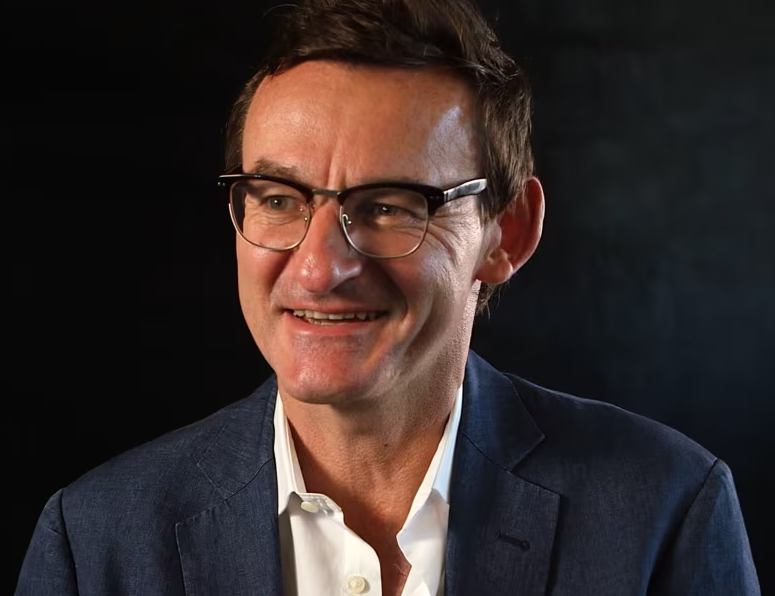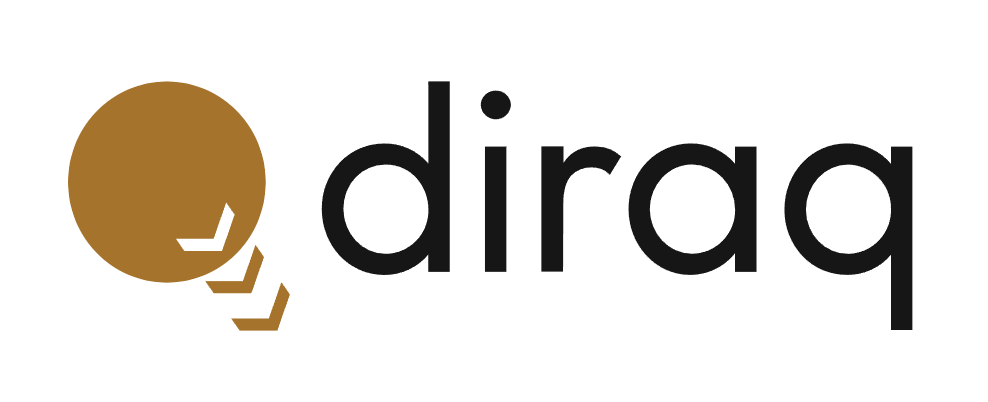Diraq: Pioneering Silicon-Based Technology For a Quantum Future

In the quickly evolving world of technology, quantum computing emerges as an exciting prospect, promising to revolutionize industries from pharmaceuticals to finance. At the forefront of this innovation is Diraq, a University of New South Wales (UNSW) spinout, under the guidance of CEO and Founder Andrew Dzurak. With a fresh infusion of $15 million in Series A funding, Diraq inaugurated its commercial lab at UNSW on February 20, 2024, marking a significant milestone in its journey to commercialize quantum computing technology.
Last month, Dzurak — who also serves as the Scientia Professor of Quantum Engineering at UNSW — offered a compelling vision for Diraq when he was interviewed by technology journalist and influencer Alex On Tech. In the interview, Dzurak talked about what set his company apart from other players in the quantum computing landscape.
“The aim of Diraq is to deliver fully error-corrected large-scale Quantum Computing to the world, capable of solving complex problems like the design of pharmaceuticals, financial modeling, and developing new catalysts in the chemical industry to reduce energy costs and consumption,” said Dzurak. This mission harnesses over two decades of research at UNSW, positioning Diraq as a pioneer in leveraging silicon technology for quantum computing.
What makes Diraq’s approach novel is its use of existing semiconductor technology, offering a scalable solution to quantum computing.
“One of the beauties of the Diraq design for our quantum computers is we use the same technology and in fact, we use the same chip manufacturing plants in order to make those chips,” he said, highlighting a strategy that not only underscores Diraq’s innovative edge but also its commitment to integrating quantum computing into the mainstream.
Despite the excitement surrounding quantum computing’s potential to supercharge AI and other technologies, Dzurak remains cautiously optimistic.
“Delivering revolutionary quantum computing technology to the world”
— Diraq
“There’s no direct clear-cut proof that that will happen with Quantum Computing,” he said, emphasizing the current focus on applications where quantum computing can offer unparalleled advantages, such as drug design and financial modeling.
As for the accessibility of quantum computing, Dzurak envisions a future where quantum computers, while not physically present in households or on wrists due to their cooling requirements, will be widely accessible through cloud platforms. This vision aligns with the trajectory of technological democratization, promising to open up new frontiers in computing power and capability.

Reflecting on the journey ahead, Dzurak draws inspiration from the history of computing, recalling a quote from IBM founder T.J. Watson, who famously underestimated the potential market for computers. Dzurak sees a parallel in the underestimation of quantum computing’s potential applications, suggesting a future rich with possibilities yet to be imagined.
“It’s inevitable that once people start playing with these, get more familiar with writing quantum algorithms, that completely new apps will come out,” Dzurak asserted, signaling an optimistic future for quantum computing.
Diraq, under Dzurak’s leadership, is not just advancing quantum computing but also redefining the boundaries of technological innovation. By leveraging existing semiconductor technologies and focusing on scalable, error-corrected quantum computing, Diraq stands at the cusp of making quantum computing a practical reality, poised to unlock solutions to some of the world’s most complex challenges.
Featured image: Credit: CISS University of Sydney
